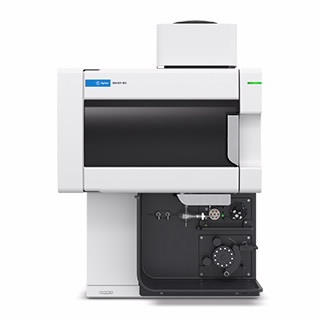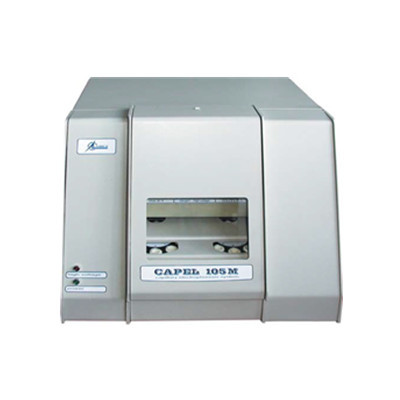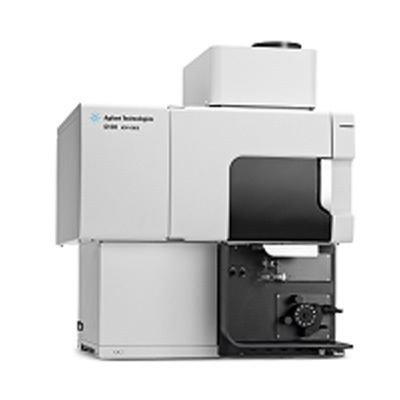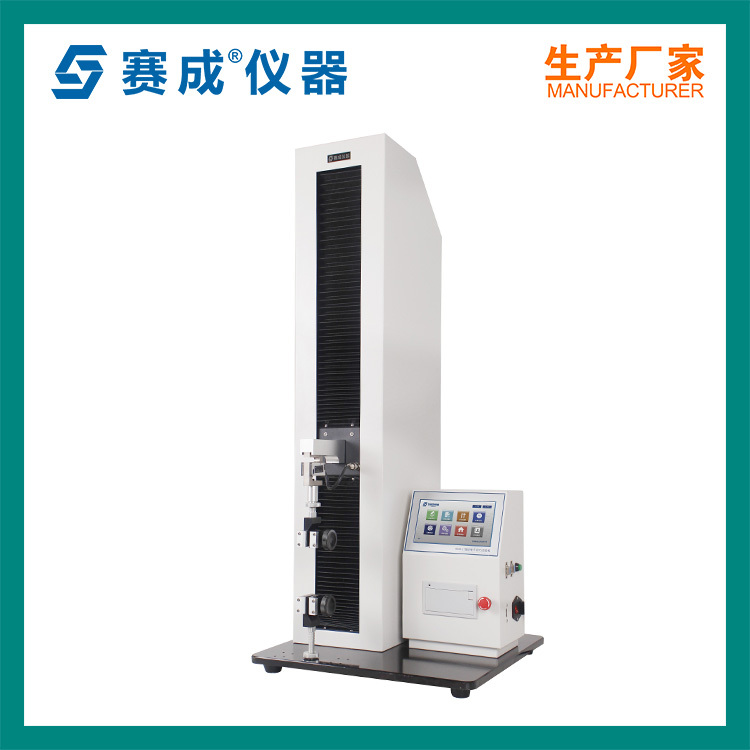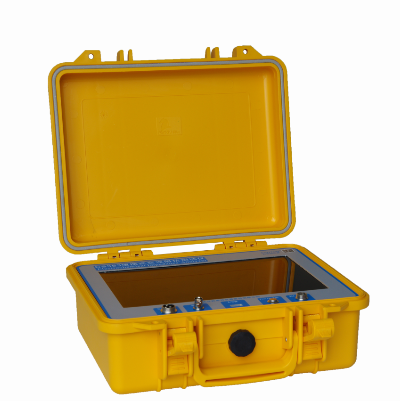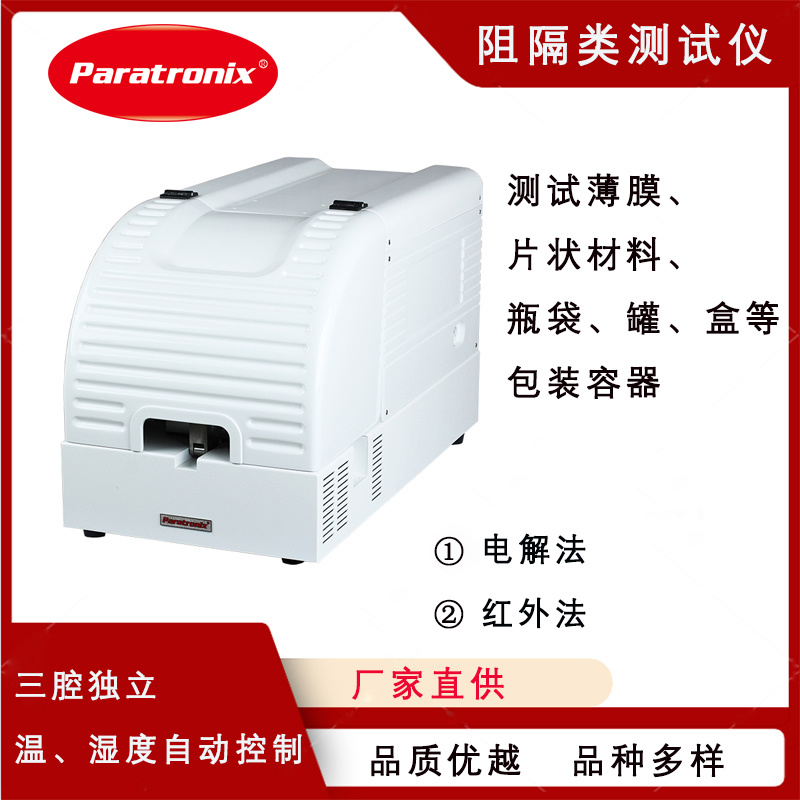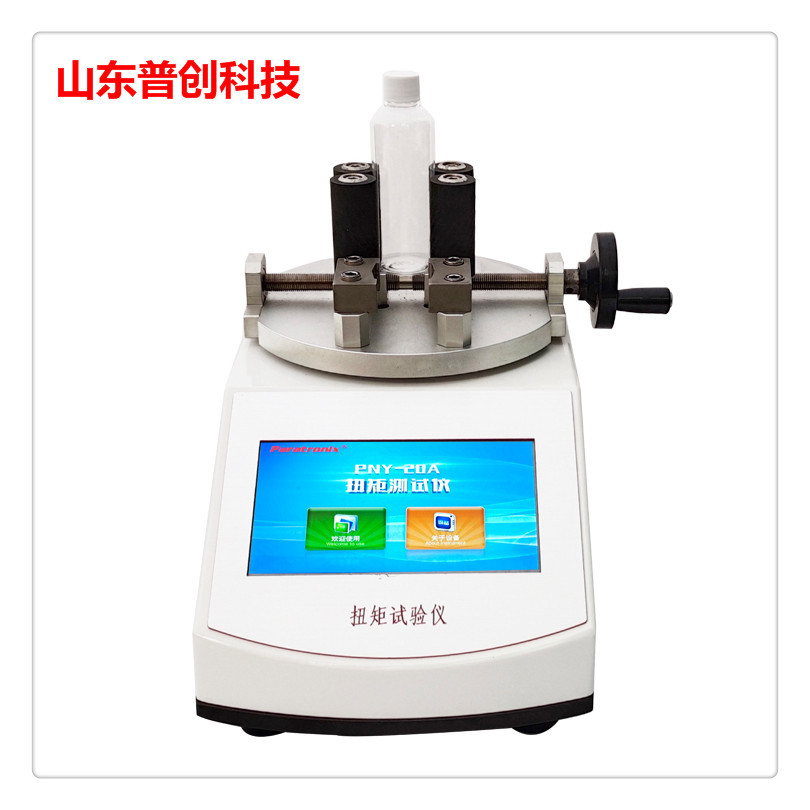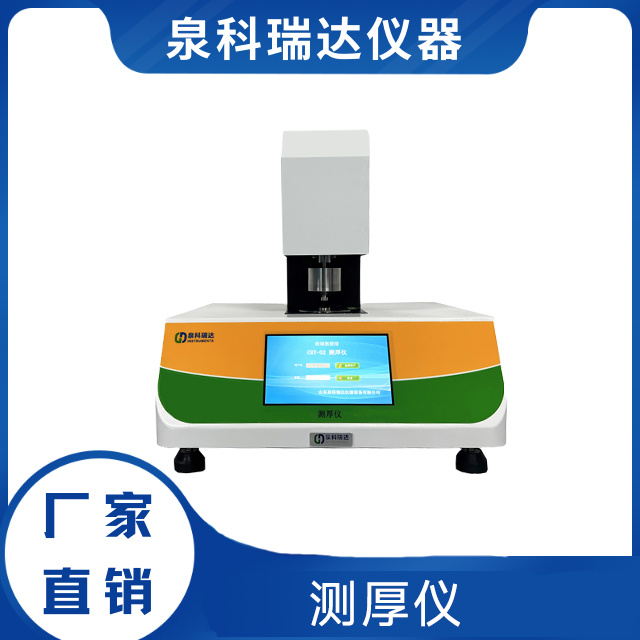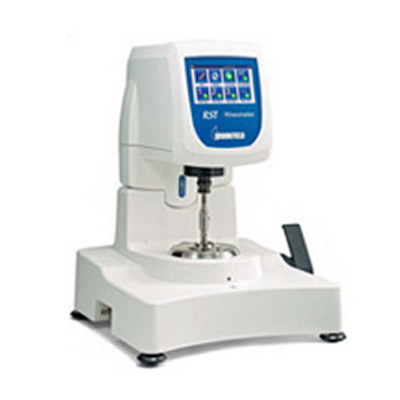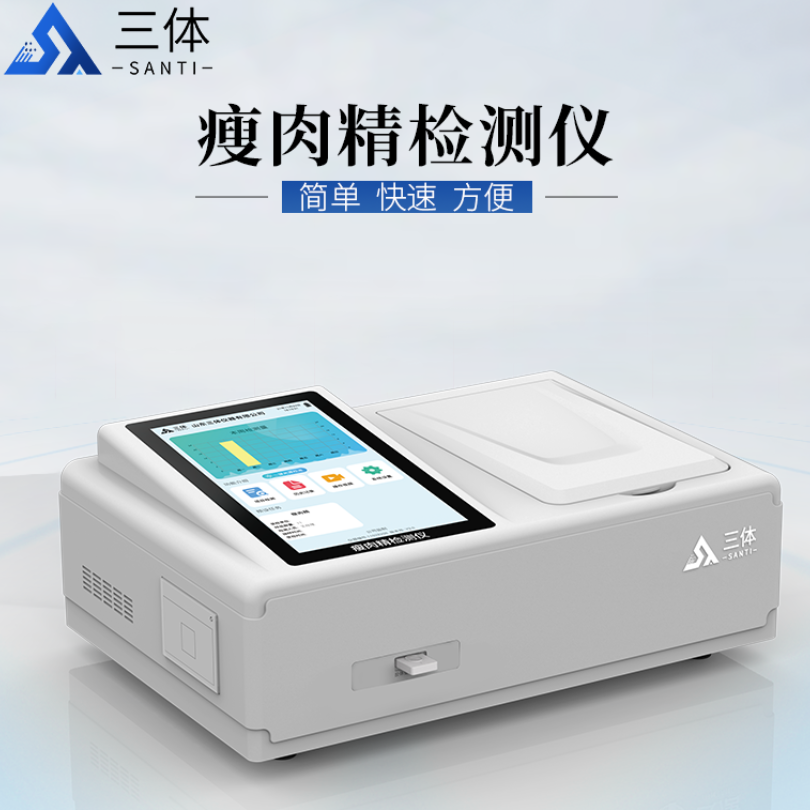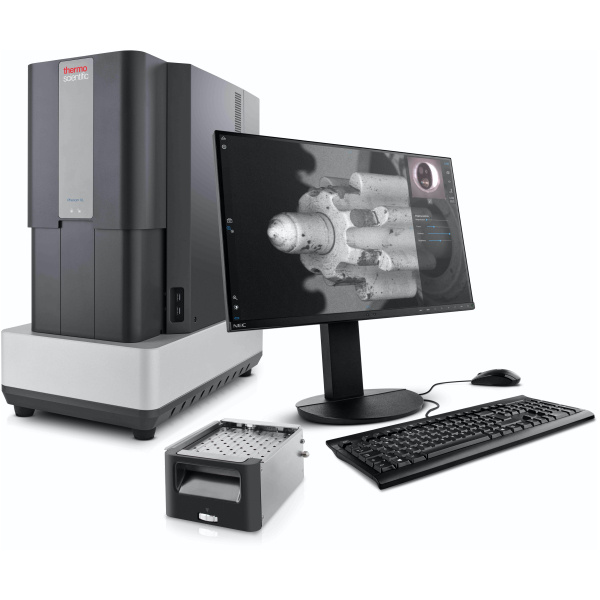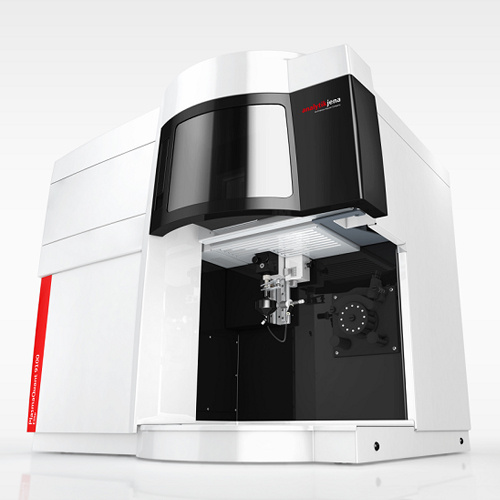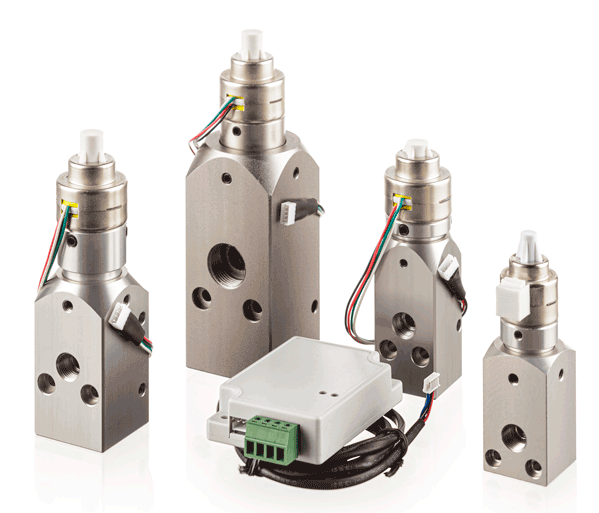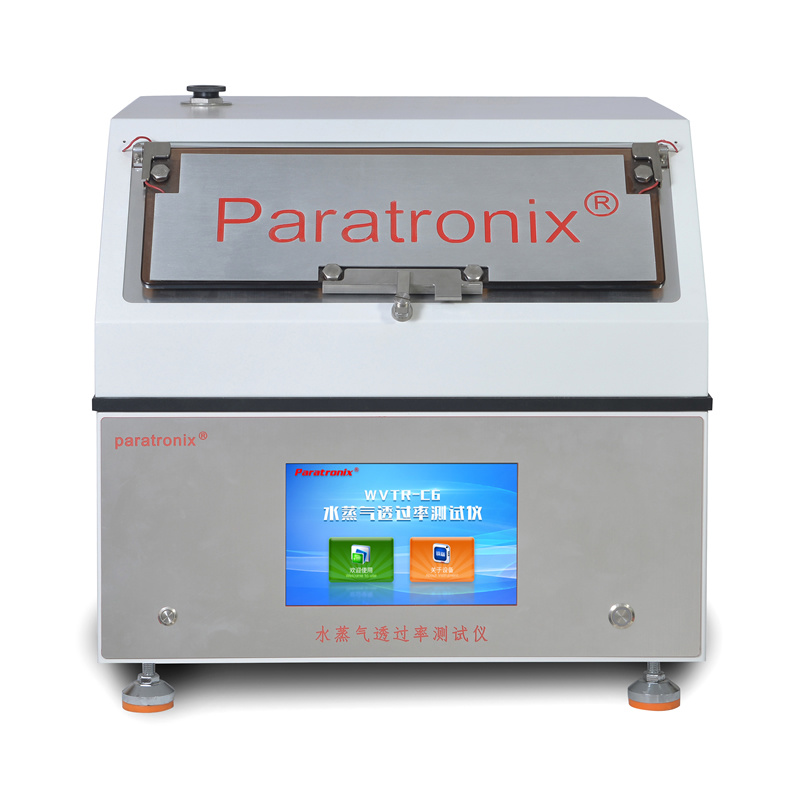使用 Agilent 5100 同步垂直双向观测 ICP OES 对植物营养元素B进行分析
The determination of the elemental composition in plants is important for development, growth and maintenance of plant tissues. Elements, such as Al, B, Ba, Ca, Cu, Fe, K, Mg, Mn, S, Sr, P, and Zn, are important for plant nutrition, being vital nutrients required for tissue development, maintenance and plant metabolism [1]. The determination of macro, micronutrients and contaminants in plant samples is important to keep up with sources of nutrients and minerals. The chemical analysis of plant materials can be applied to assist in the remediation of contaminated soils or to solve mineral malnutrition, a problem that seriously affects the human population [2, 3]. Inductively coupled plasma optical emission spectrometry (ICP-OES) is an attractive technique for this analysis because it can accommodate the wide concentration ranges typical of macro and micronutrients in plants. 2 Agronomical laboratories typically deal with large batches of samples. Several critical elements, in wide concentration ranges, must be determined on a routine basis for such samples. The Agilent 5100 Synchronous Vertical Dual View (SVDV) ICP-OES with Dichroic Spectral Combiner (DSC) technology, has the ability to keep up with these demands, performing axial and radial measurements in a single reading, leading to faster sample throughput times. With faster sample run times, the 5100 SVDV requires less argon per sample, meaning significant savings can be made for labs involved in high throughput analysis. The Vista Chip II detector used in the 5100 ICP-OES has the fastest processing speed (1 MHz) of any charge coupled device (CCD) detector used in ICP-OES. It delivers fast warm-up, high throughput, high sensitivity, and the largest dynamic range. This application note describes the quantitation of Al, B, Ba, Ca, Cu, Fe, K, Mg, Mn, P, S, Sr and Zn in microwave acid digested alfalfa, corn and sugarcane samples and an apple leaves certified reference material (SRM NIST 1515), using the Agilent 5100

